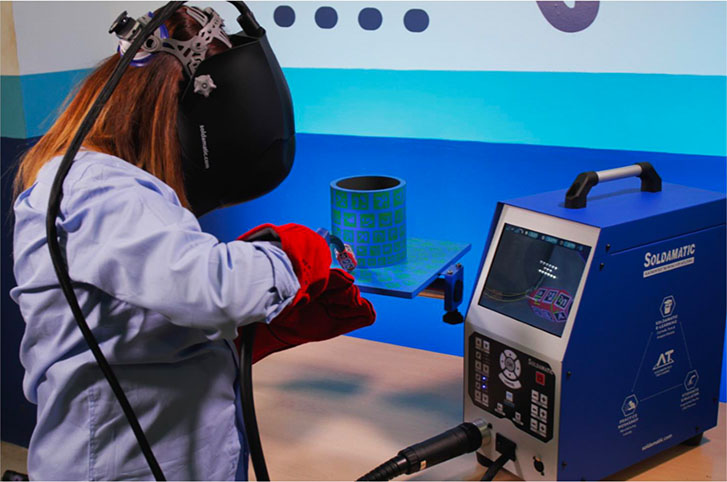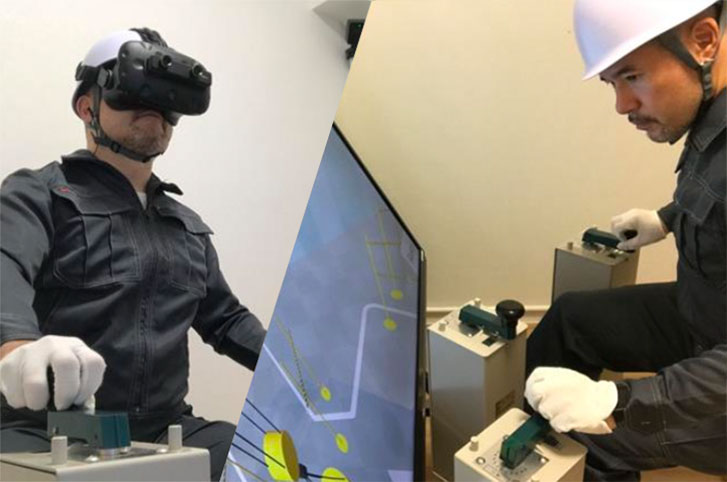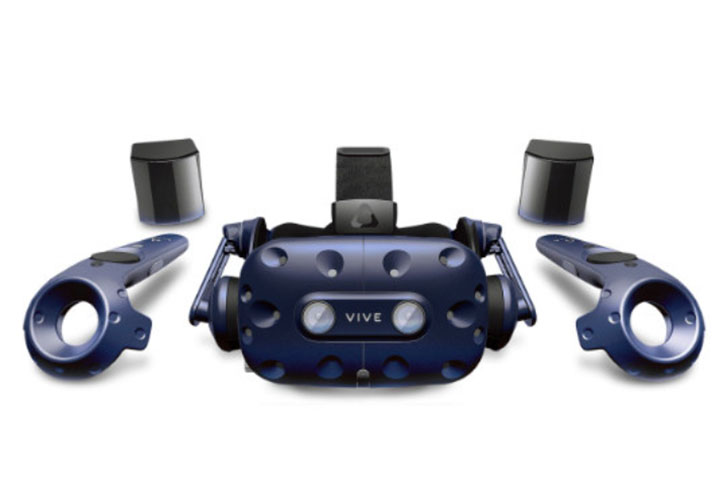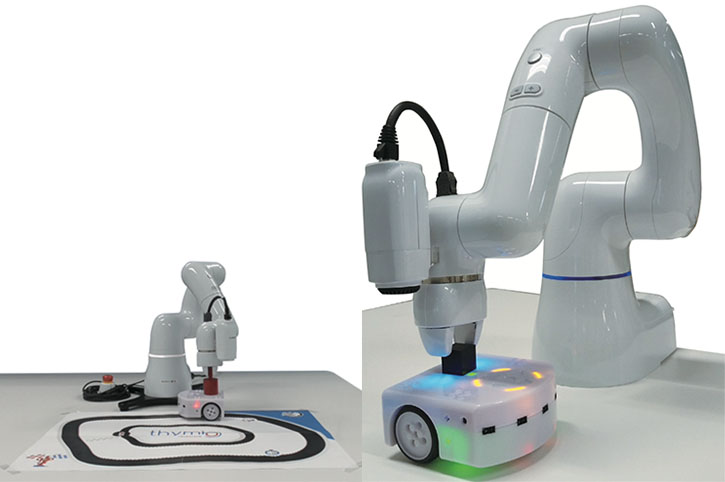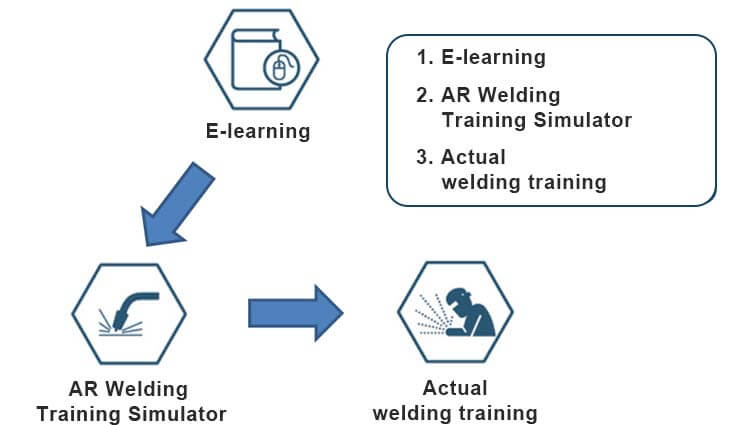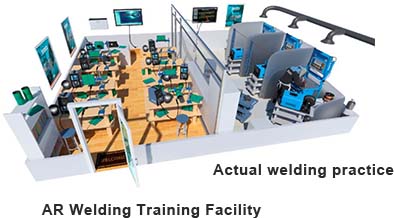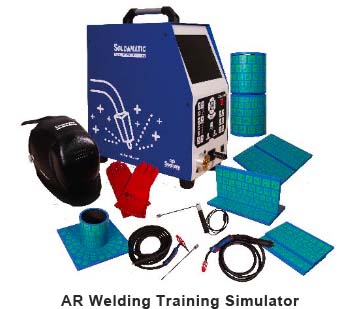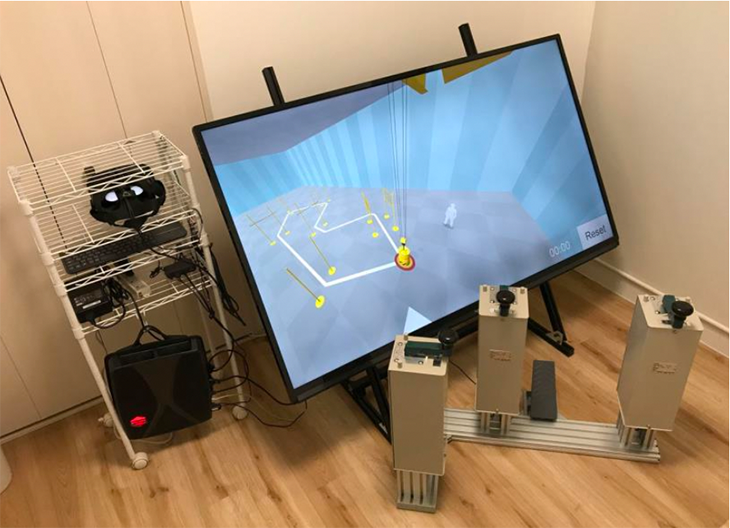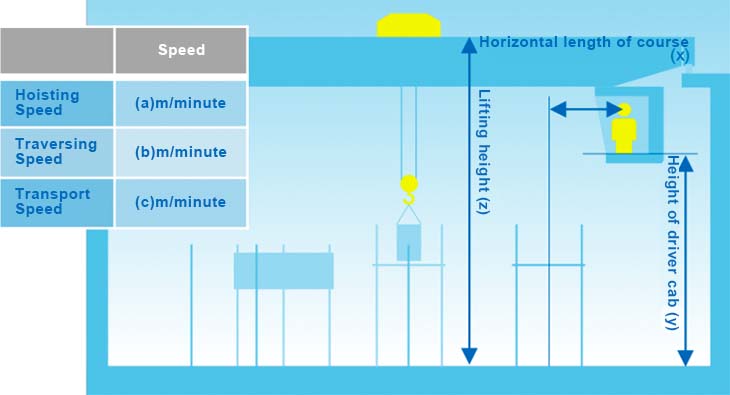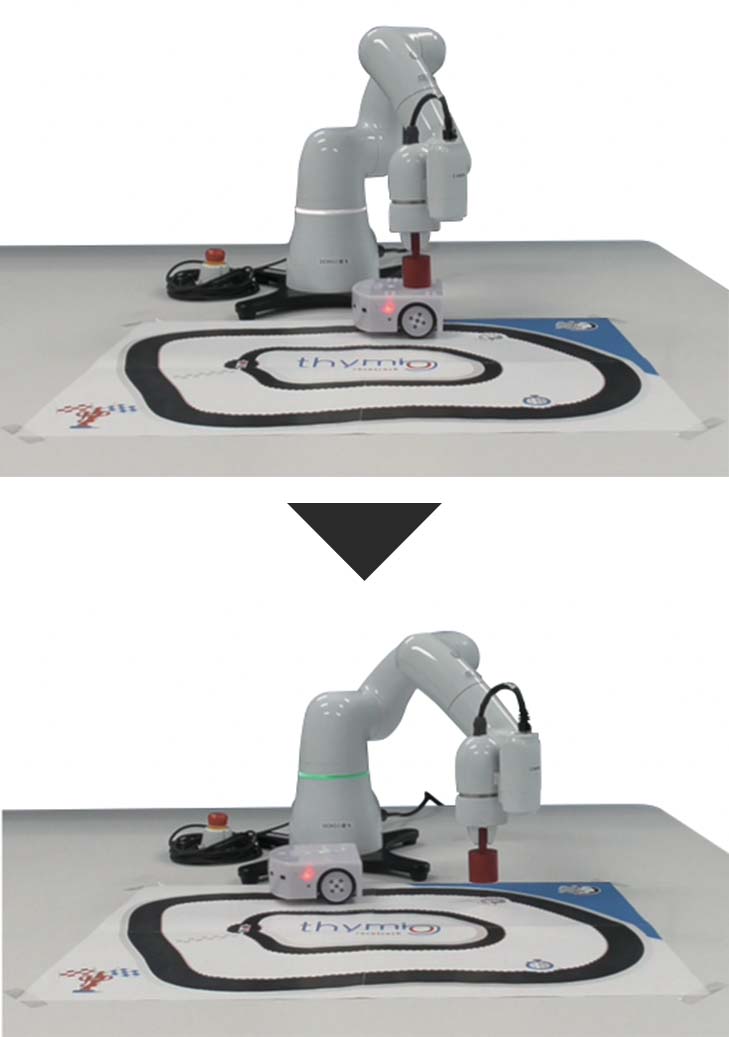
HATO procures a variety types of working tools
in a broad range of industries
- Machine tools and working machine
- Chemical machines, laboratory tools and the materials
- Building equipment and building materials
- Electric machinery, fiber products, 3D map
- Training machine tools and software
- Paper converting and commodities
- Designing, production, sales and repairment of industrial machinery
- Construction machinery, cargo-handling machinery and equipment

